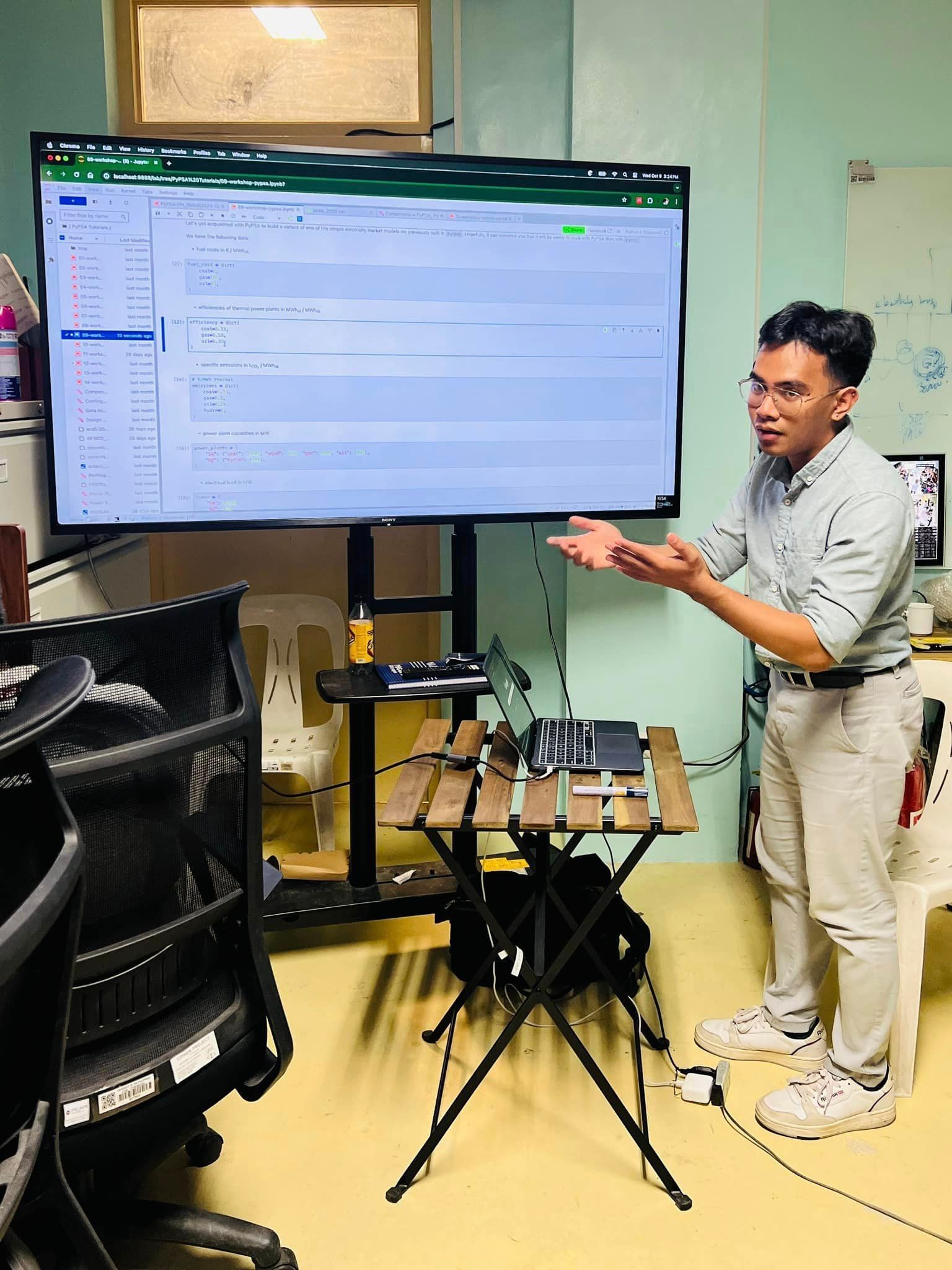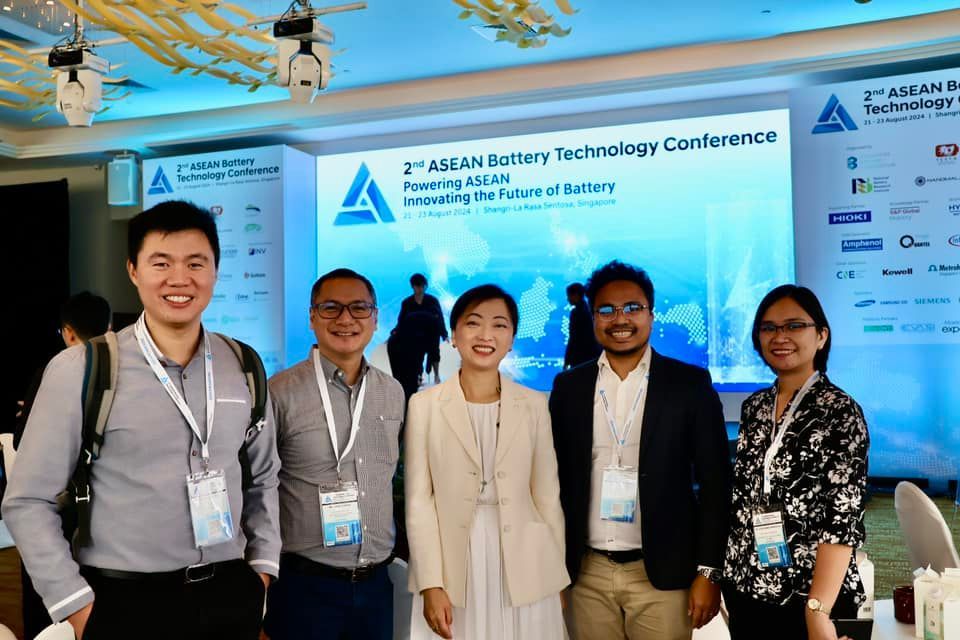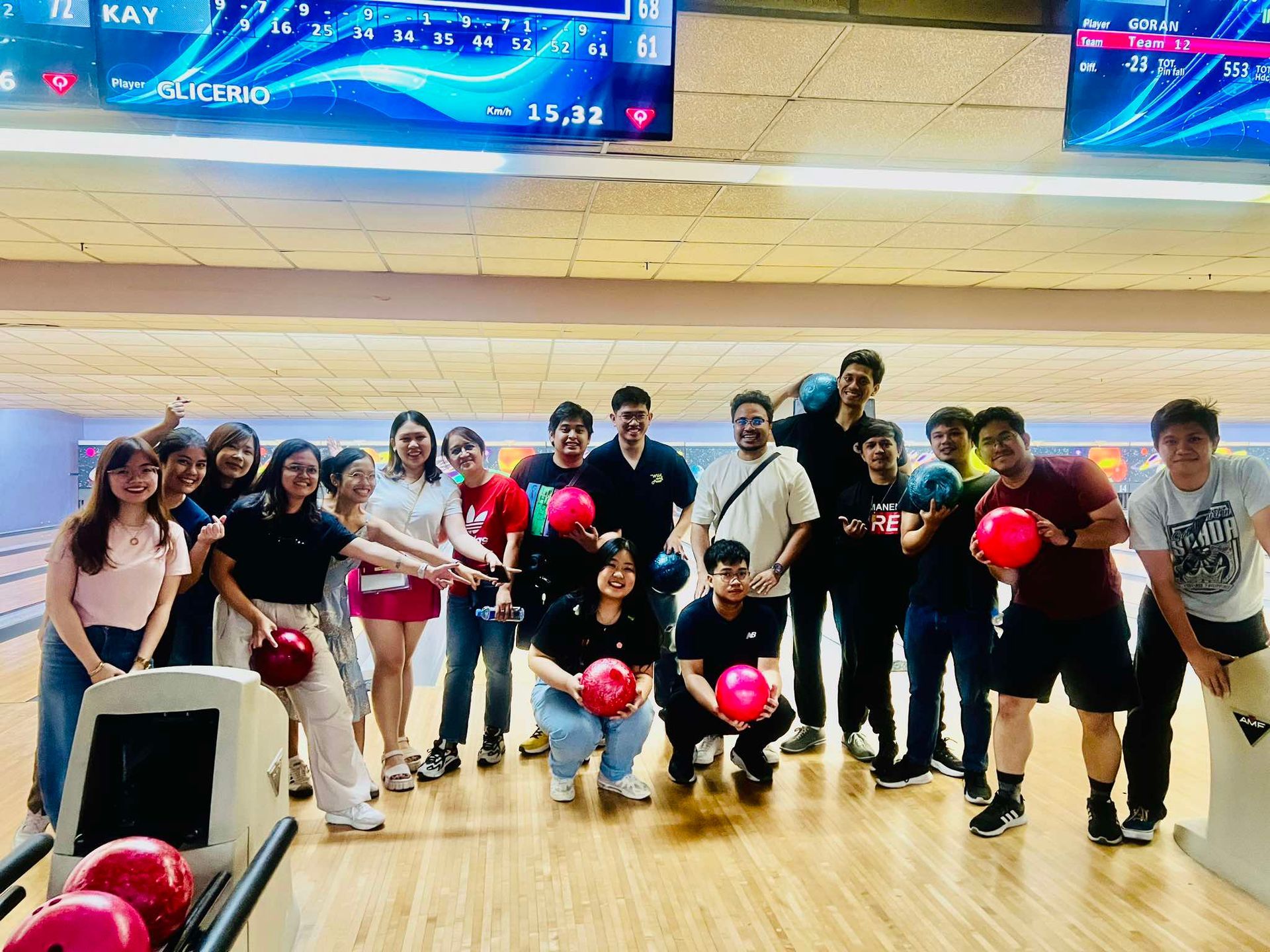Techno-Economic Potential of Hybridization in Philippine Island Grids

Though it seemed that I was traveling most of the time in the past two months, I was doing research as well.
This week, I’m wrapping up my short stay working with the Off-Grid Systems group of the Renier Lemoine Institute in Berlin with some beautiful maps for the paper I’m writing showing the huge economic and environmental potential of replacing diesel-powered mini/micro grids in NPC-SPUG off-grid areas with solar PV-battery-diesel hybrid energy systems.
With renewable energy hybridization, it’s possible to decrease the cost of electricity by around 20% in these areas, thereby, minimizing the universal cost of missionary electrification (UCME) subsidy that bridges the gap between the high diesel-based generation cost and the subsidized tariff paid by the consumers. UCME is sourced from the money we are all paying to Meralco (or any other electric cooperative) as electricity consumers at ~PhP 0.05/kWh consumed.
Considering the 215 NPC-SPUG off-grid areas surveyed (indicated by the red circles), there is techno-economic potential of around 220 MW of solar PV and 250 MWh of lithium-ion battery storage. The results mean also that it’s possible to supply electricity 24/7 in these areas, which is huge step considering that less than a quarter has 24/7 energy access now.
Going solar will keep us from importing 79.5 million liters of diesel (stabilizing the cost of energy generation from fuel price shocks) and will avoid the emission of 213 kilotons of CO2 – or the equivalent emission of a 100 MW coal power plant. The energy transformation, however, requires a total investment of around 409 million USD but there are financial incentives in place aside from the fuel savings.
While the results look simple, the plots were a result of hours of optimization in a Python-based engine. Imagine sizing a solar PV-battery-diesel hybrid system for a certain island grid and through trial-and-error varying incrementally the solar PV generation share to minimize the levelized cost of electricity (LCOE) while making sure that the system supplies electricity reliably to all people living in the island. This optimization algorithm is repeated for thousands of times to arrive at at hybrid configuration having the lowest electricity cost. Then, doing this approach for all the 215 locations, each having different solar irradiation intensities and load requirements. On the average, the optimal share of solar PV is only around 41%. Installing a higher PV share increases the cost of electricity due to higher CAPEX for both solar power plants and battery energy storage. A lower solar PV share also increases the electricity cost due to a higher diesel consumption (while solar energy is free).
As shown by the big circles, some NPC-SPUG areas are ripe for the picking. For instance, the large main Marinduque grid is powered by multiple diesel power plants in the mainland and in barges. The supply of diesel is unstable and causes blackouts several times a week. Other huge mini grids are the ones powering Catanduanes, Occ. Mindoro, Palawan, Basilan, Sulu, Tawi-tawi, and Sultan Kudarat. Investment in these areas should provide an attractive rate of return. Aside from these existing grids, hybrid systems could be used in last-mile electrification, where it’s more expensive to connect them to the main grid and private diesel plants are unreliable, environmentally unfriendly, and costly.
Acknowledging the support from Germany’s Federal Ministry of Education and Research (BMBF) and the Philippines’ UP-DOST ERDT.
Special thanks to Raxx Francisco and Diona Mae Lisniana for the help in the Philippine data and the RLI’s Off-Grid Systems Group.





